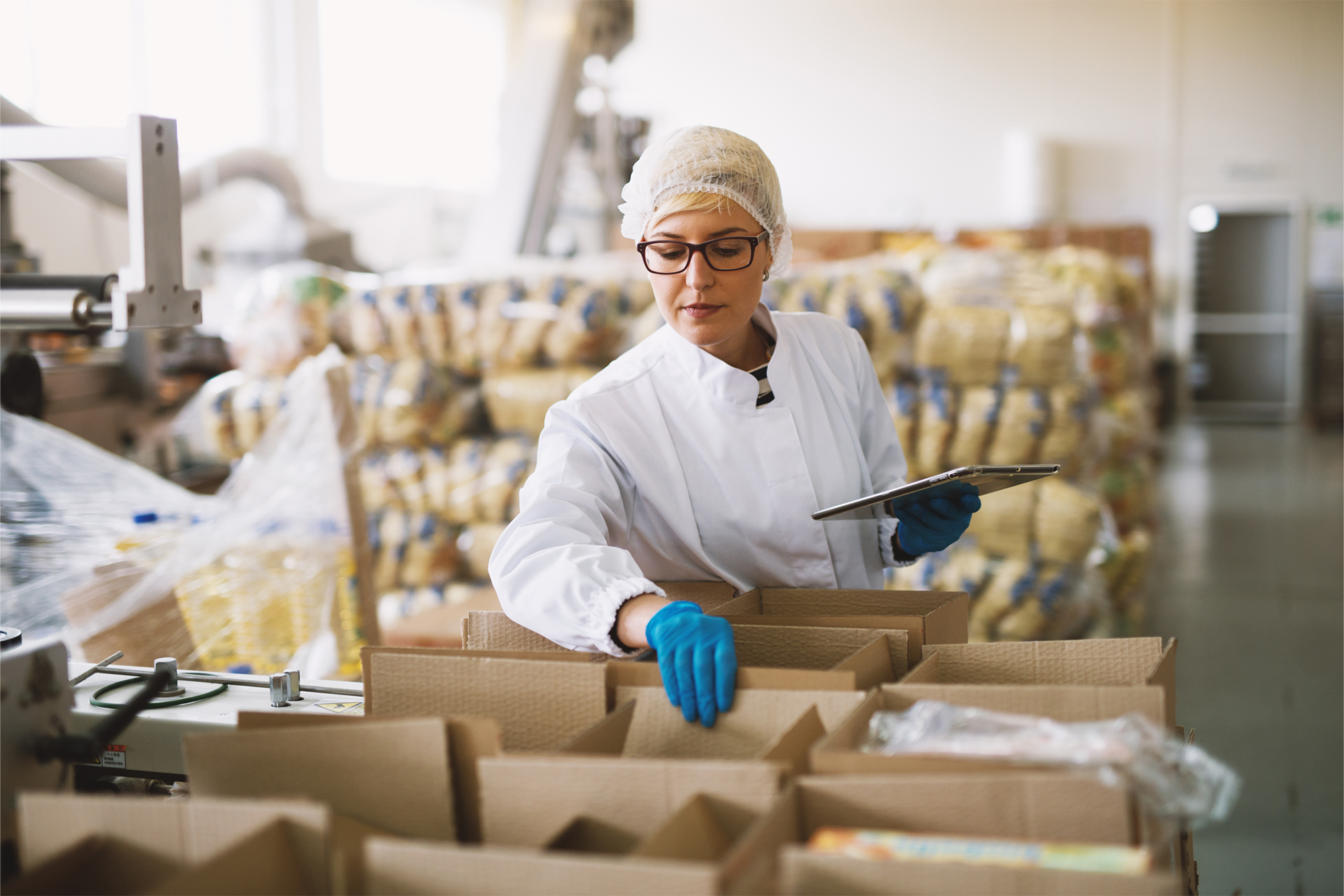
Feeding the Future: Institutional Food Supply Trends in 2025
09/15/2025
Part 1: The Rise of Resilient Supply Chains in Institutional Foodservice
How K-12, Healthcare & Corrections Are Building Stability into Their Food Procurement
In 2025, the food supply landscape for schools, healthcare systems, and correctional facilities looks dramatically different than it did just a few years ago. The disruptions of the COVID-19 pandemic combined with ongoing global instability, supply shortages, labor constraints, and inflationary pressures, forced institutional buyers to rethink the way they source, purchase, and distribute food. The result is a pivot toward building resilient supply chains that prioritize reliability, regional access, and continuity above all else.
For institutions that feed thousands of people daily, any disruption—whether a missed delivery, a delayed shipment, or a broken contract—has immediate and serious consequences. That’s why K-12 schools, hospitals, and corrections facilities are investing in strategies to strengthen procurement stability. GoodSource Solutions is at the forefront of this transformation, supporting institutions with the tools, distribution networks, and partnerships needed to ensure uninterrupted service even in challenging conditions.
From Global to Regional: The Shift in Supply Models
Before the pandemic, many institutional foodservice operations leaned heavily on global sourcing and “just-in-time” delivery strategies. This worked well in a stable environment where efficiency and cost control were top priorities. But when cargo ships backed up at ports and food producers faced labor shortages, institutions learned the hard way that efficiency without resilience is risky.
Today, the trend is clear: regionalized supply chains are replacing long-distance dependence. By working with distributors who have strong networks across the country, buyers reduce exposure to geopolitical or logistical shocks. For schools, this can mean sourcing dairy and produce from closer farms and processors. For healthcare and corrections, it means having consistent access to core items like proteins, shelf-stable goods, and frozen meals through a regional distribution hub rather than a single remote vendor.
GoodSource has leaned into this trend by expanding its multi-region distribution network and ensuring redundancy at every level. This ensures that if one pathway is disrupted, institutions can rely on alternative routes, facilities, or suppliers to keep kitchens operating smoothly.
Contract Continuity: Avoiding the Hidden Costs of Disruption
Another major lesson of the past five years is that unreliable contracts cost more than they save. A missed delivery doesn’t just mean a temporary shortage—it can mean menu substitutions, rushed purchasing at premium prices, compliance issues with regulatory menus, or even operational shutdowns.
To counter this, institutions are prioritizing contract continuity and delivery reliability over short-term price savings. By working with established distributors who have proven records of stability, buyers reduce the risk of scrambling for alternatives when suppliers can’t deliver.
GoodSource’s model emphasizes long-term partnerships, not transactional one-offs. This approach allows K-12 districts, hospitals, and corrections departments to plan menus and budgets with confidence, knowing that delivery reliability is baked into the agreement. It also allows GoodSource to anticipate seasonal demand spikes or regional disruptions and proactively adjust allocations.
Diversification: Not Putting All Eggs in One Basket
Resiliency is also about diversification—not just in terms of geography, but in product categories, suppliers, and logistics. Institutions that relied on one supplier or one category (e.g., fresh produce) found themselves in trouble when those channels faced shortages.
The smarter approach now is balancing fresh, frozen, and shelf-stable products while keeping a mix of local, regional, and national suppliers. This layered sourcing strategy creates flexibility: if one source falters, others can fill the gap.
GoodSource supports this diversification by maintaining a broad catalog across proteins, produce, dairy, beverages, shelf-stable goods, and specialty items. Our teams also work with institutions to identify “swing products”—items that can be substituted easily if shortages arise, without compromising nutrition requirements or menu satisfaction.
Logistics as a Strategic Asset
In institutional foodservice, logistics are as important as the food itself. A perfectly sourced product means little if it can’t reach the kitchen on time. Rising fuel costs, truck driver shortages, and climate-related disruptions have made logistics a top concern for institutional buyers.
That’s why GoodSource invests heavily in scalable logistics solutions that adapt to client needs. Whether it’s delivering high-volume loads to a major hospital network, coordinating smaller, frequent deliveries to multiple school campuses, or ensuring timely shipments to remote correctional facilities, the goal is the same: reliable, on-time service that supports uninterrupted operations.
Our logistics teams track routes, monitor disruptions, and adjust delivery schedules dynamically. In practice, this means that if a storm delays a shipment on one route, GoodSource can pivot to a backup distribution center or dispatch additional carriers to keep deliveries on track. For clients, this operational agility translates to peace of mind.
GoodSource as a Strategic Partner in Disruptive Times
The biggest shift we’ve seen is that institutions no longer view food distributors as simple vendors—they see them as strategic partners. In uncertain times, the value of a distributor goes beyond unit price. It’s about having a partner who understands the stakes, anticipates risks, and builds resiliency into every layer of the supply chain.
GoodSource’s experience in working with critical sectors—K-12 schools, healthcare providers, and correctional institutions—positions us uniquely to meet these challenges. Our commitment to continuity, regional strength, diversified sourcing, and scalable logistics ensures that our partners can serve students, patients, and residents without interruption.
Looking Ahead
As institutions look toward the future, resilience will remain a top priority. Disruptions—whether from global instability, climate events, or economic shifts—aren’t going away. What’s changing is how institutions prepare for them.
By investing in regionalized supply chains, contract continuity, diversified sourcing, and advanced logistics, schools, hospitals, and corrections are building the foundations of supply chains that can withstand the pressures of an uncertain world.
And with GoodSource as a partner, these institutions aren’t just surviving disruptions—they’re building stronger, smarter, and more sustainable food procurement systems that will serve them well into the future.
